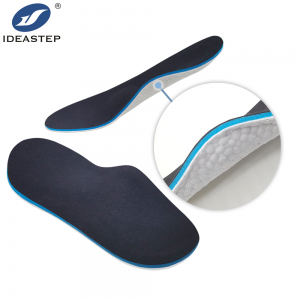
While walking can be beneficial for many people with plantar fasciitis, it is important to approach it with caution and make certain adjustments to reduce strain on the plantar fascia. Here are some considerations:
- Proper footwear: Wear supportive shoes with good arch support and cushioning to absorb shock and provide stability. Avoid walking barefoot or in shoes with inadequate support.
- Gradual increase in activity: If you have been inactive or have just started walking, gradually increase your walking duration and intensity over time to allow your feet to adapt and minimize the risk of exacerbating plantar fasciitis.
- Stretching exercises: Perform stretching exercises for the calf muscles and plantar fascia before and after walking. This helps to improve flexibility and reduce tension on the plantar fascia.
- Rest and recovery: Listen to your body and take rest days as needed. Avoid overexertion and give your feet time to recover between walks.
- Modify walking surface: If possible, choose softer surfaces like grass or a track instead of hard pavement or concrete. Softer surfaces can help reduce impact and strain on the feet.
- Orthotic devices: Consider using shoe inserts or custom-made orthotics to provide additional support and cushioning during walking. These can help distribute pressure more evenly and reduce strain on the plantar fascia.
- Seek professional guidance: If you experience persistent or worsening pain while walking, consult with a healthcare professional, such as a podiatrist or physical therapist, who can provide specific recommendations and treatment options tailored to your condition.
Remember, every individual is different, and what works for one person may not work for another. It is important to find the right balance between staying active and allowing your feet to heal.
Related insoles selling links: https://www.aideastep.com/product/daily-use-of-walking-insoles/.
